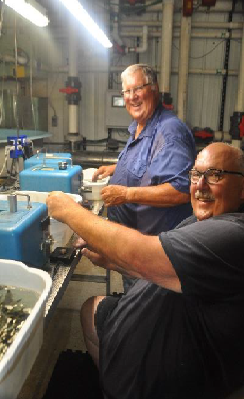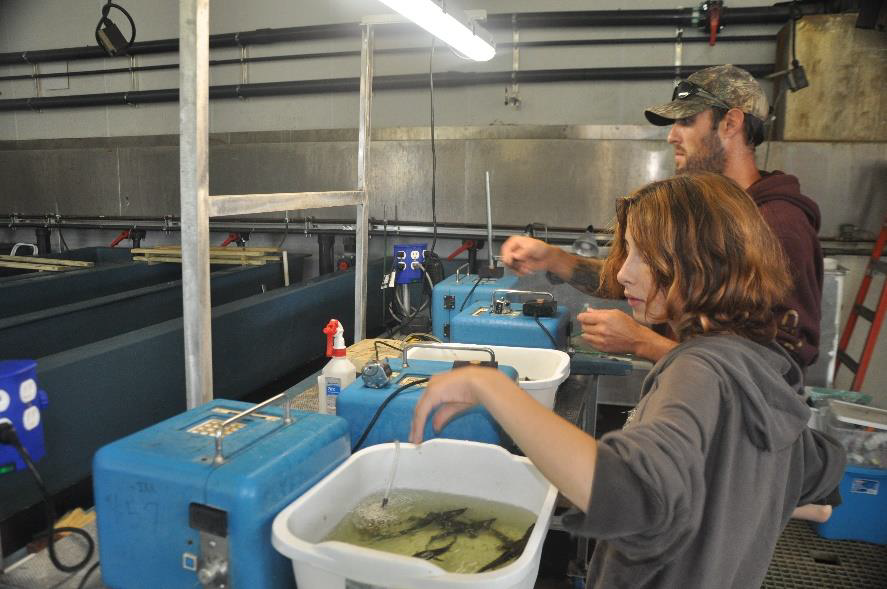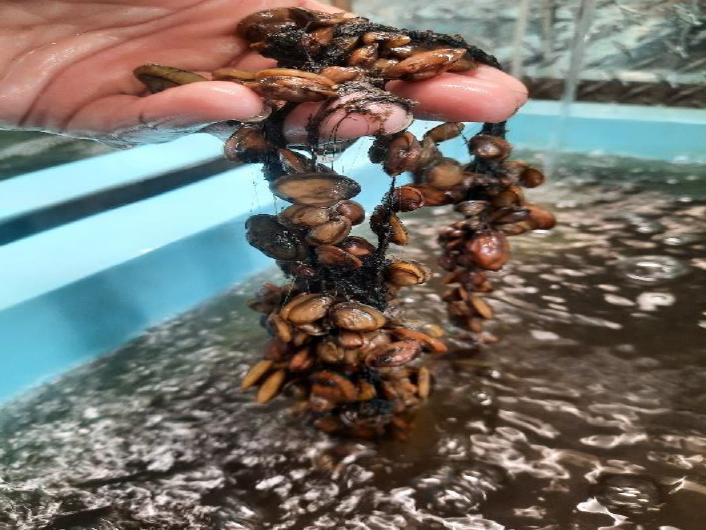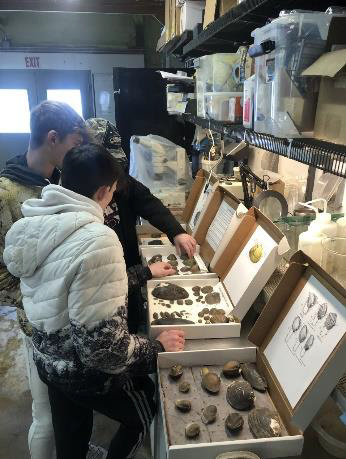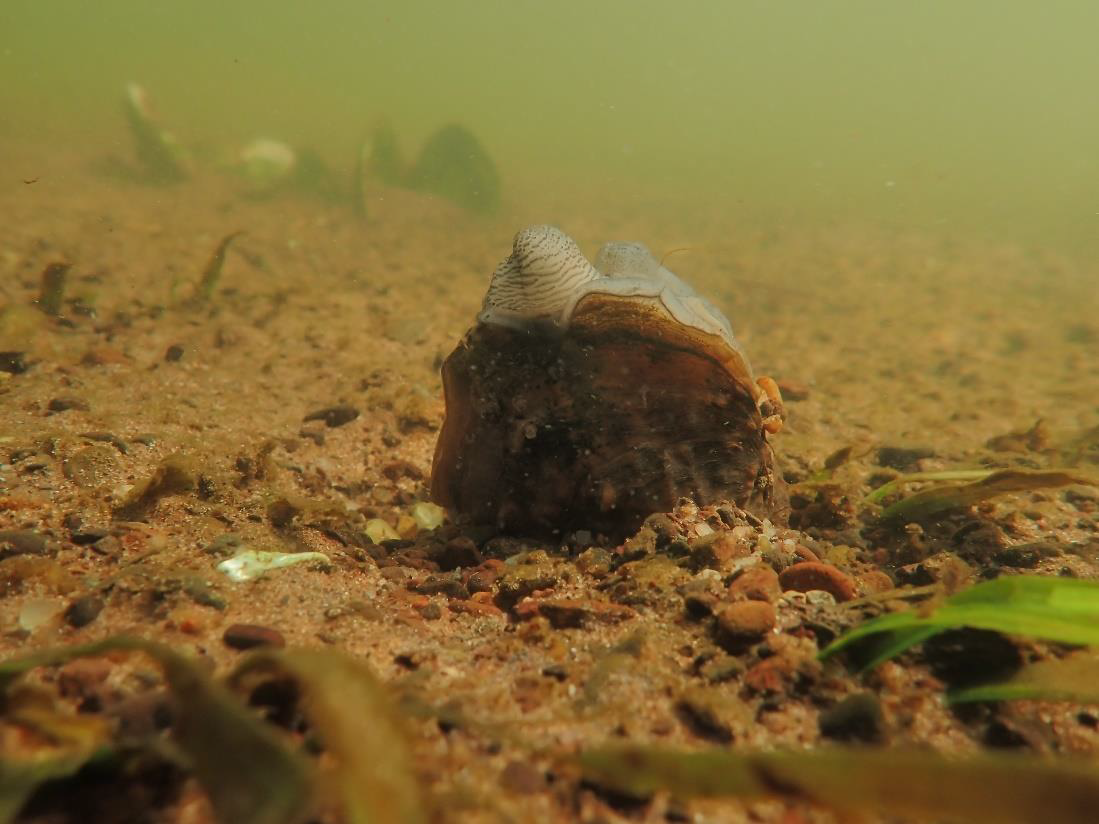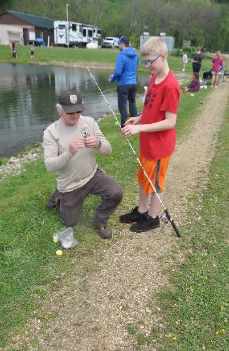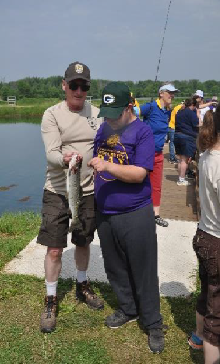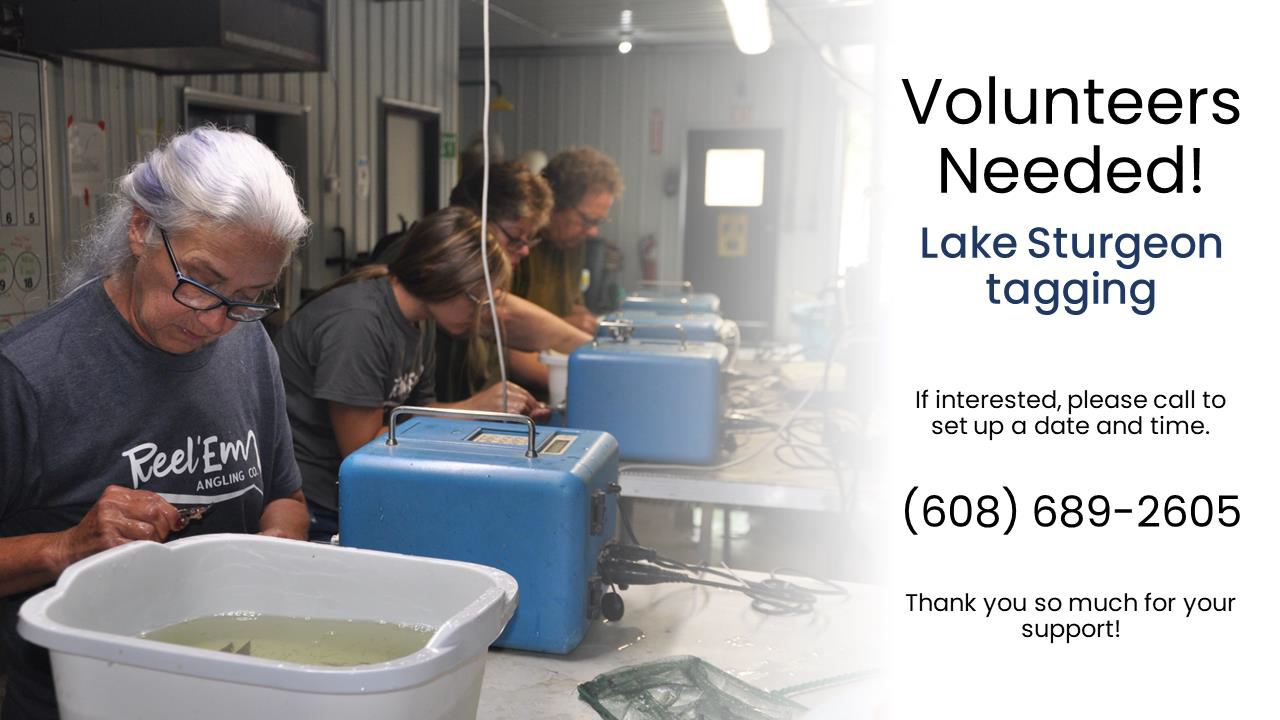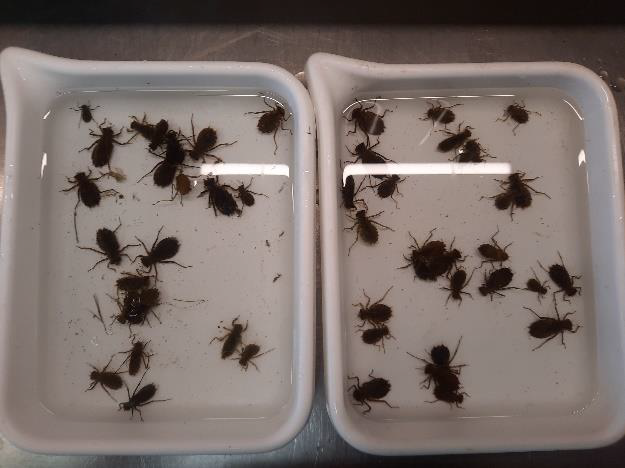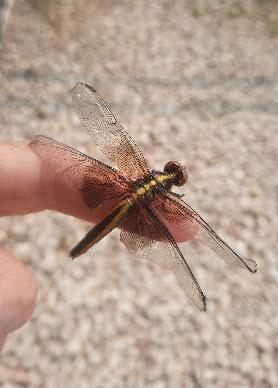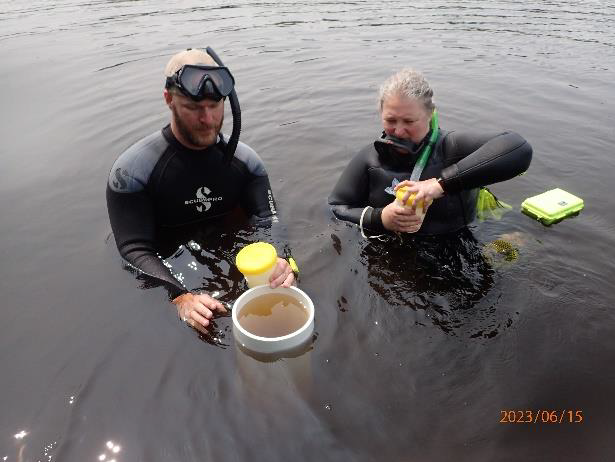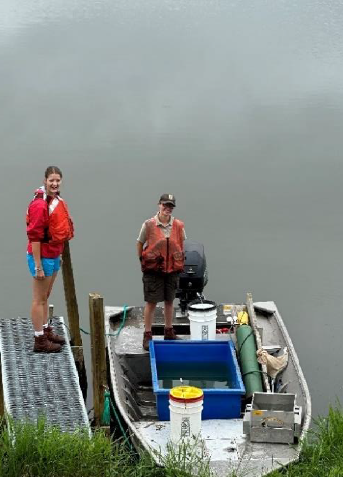This year Genoa National Fish Hatchery staff collected lake sturgeon eggs from the Wolf, Wisconsin, Rainy, St. Clair and St. Lawrence Rivers. Throughout the summer hatchery biologists, pathways students and youth conservation corp. enrollees have their hands full feeding and caring for lake sturgeon. As the summer season comes to an end and fall begins, these fish are ready to be tagged before being released to their stocking locations. Lake sturgeon are coded wire tagged, which gives them a batch identification number, allowing resource managers to assess future population growth and survival. Thank you to all of our volunteers we tagged over 40,000 lake sturgeon this year. Hatchery staff rely heavily on volunteers and partnerships to assist with individually tagging. Volunteers play a vital role in supporting the U.S. Fish and Wildlife Service’s mission: working with others, to conserve, protect and enhance fish, wildlife, and plants and their habitats for the continuing benefit of the American people. When these fish are tagged, they are ready for transport to many locations from Northern Minnesota to Southern Tennessee and west to South Dakota and east as far as New York in support of continued restoration efforts.
Although our sturgeon have been all tagged, there is still time to volunteer! If interested in volunteering contact Erica Rasmussen erica_rasmussen@fws.gov (608)689-2605. We will be tagging our Coaster Brook Trout in October. By: Orey Eckes
Volunteers helping tag Lake Sturgeon. Photo credit: Erica Rasmussen/USFWS.
